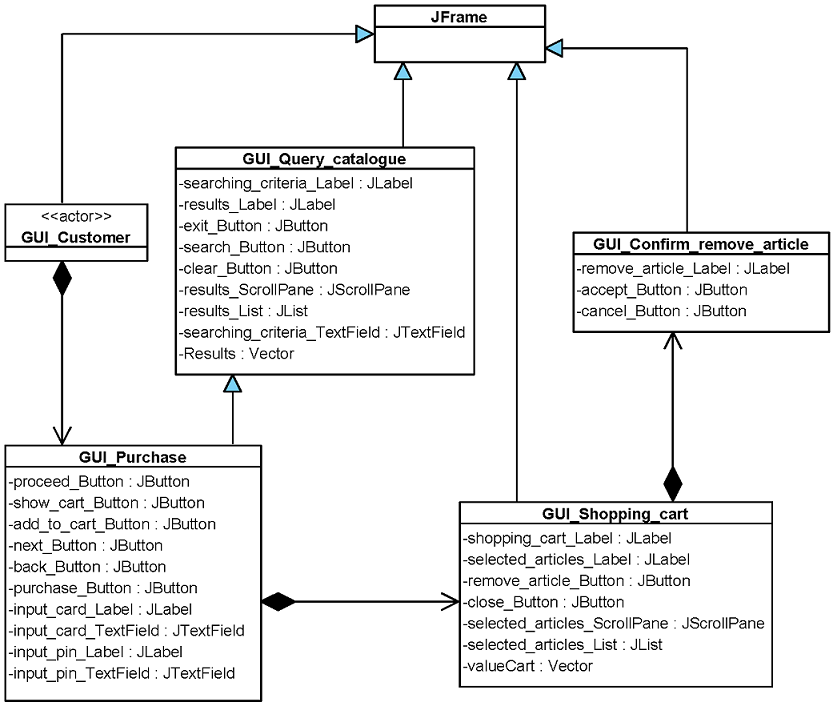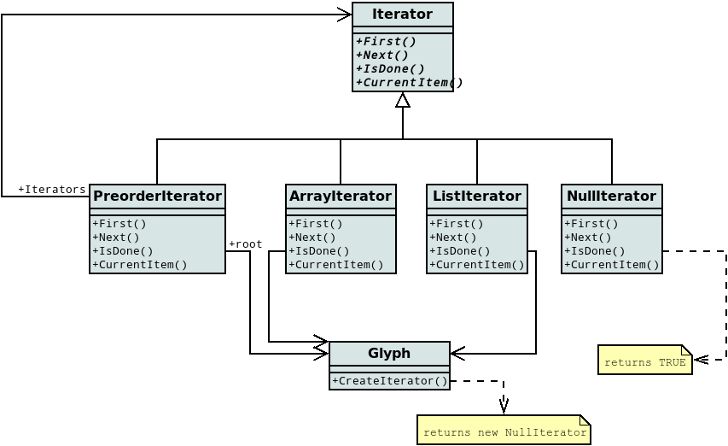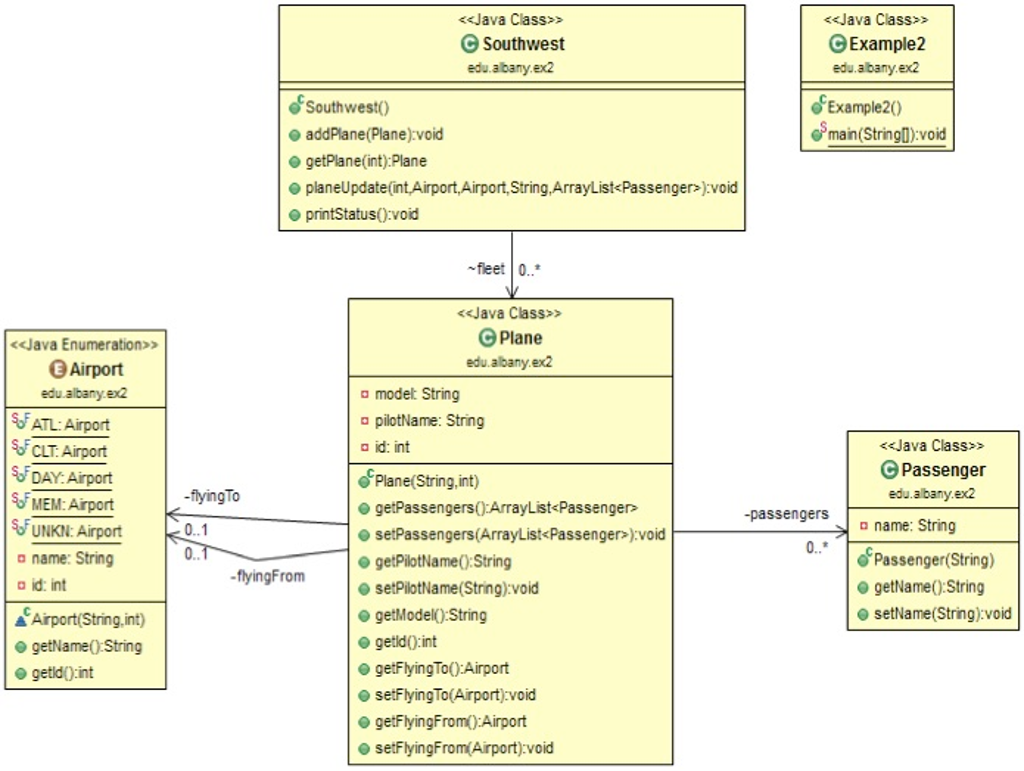

The timeline (see image) shows the highlights of the history of object-oriented modeling methods and notation. UML has been evolving since the second half of the 1990s and has its roots in the object-oriented programming methods developed in the late 1980s and early 1990s. History of object-oriented methods and notation Before UML 1.0 In software engineering, most practitioners do not use UML, but instead produce informal hand drawn diagrams these diagrams, however, often include elements from UML. Since then the standard has been periodically revised to cover the latest revision of UML. In 2005, UML was also published by the International Organization for Standardization (ISO) as an approved ISO standard. In 1997, UML was adopted as a standard by the Object Management Group (OMG), and has been managed by this organization ever since. It was developed at Rational Software in 1994–1995, with further development led by them through 1996. The creation of UML was originally motivated by the desire to standardize the disparate notational systems and approaches to software design. With a code generator such as Acceleo you end up with a full MDD stack - from which you may even create your own DSL plug-ins.The Unified Modeling Language ( UML) is a general-purpose, developmental modeling language in the field of software engineering that is intended to provide a standard way to visualize the design of a system. On this regard, Papyrus seems to be the only open source tool supporting the Model-Driven Architecture (MDA) pattern issued by the OMG. Most importantly, Papyrus supports Model-Driven Development (MDD), being a pretty able tool to develop Domain Specific Languages. These editors (GMF-based or not) with other MBD and MDSD tools.

Papyrus provides diagram editors for EMF-based modeling languagesĪmongst them UML 2 and SysML and the glue required for integrating Supporting UML and related modeling languages such as SysML and MARTE.

Papyrus is aiming at providing an integrated and user-consumableĮnvironment for editing any kind of EMF model and particularly It is the most advanced open source modelling tool I am aware of and supports UML2 almost entirely. I use Papyrus, a suite developed by the Commissariat à l'Énergie Atomique in France that is today available as a plug-in to Eclipse.


 0 kommentar(er)
0 kommentar(er)
